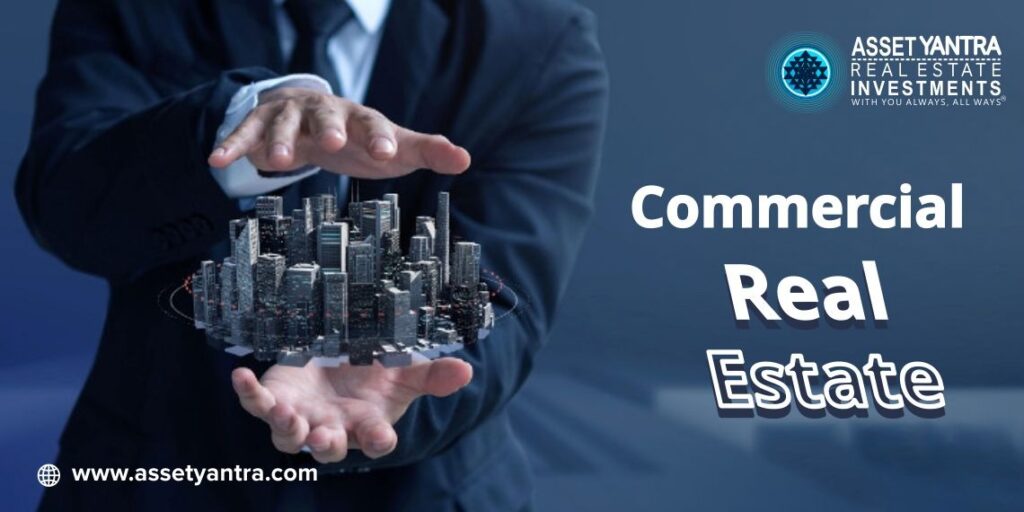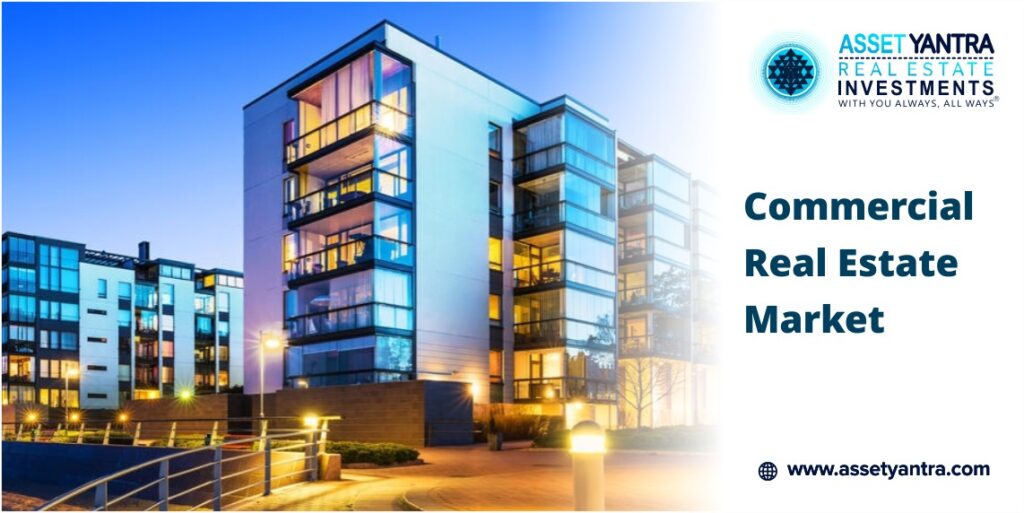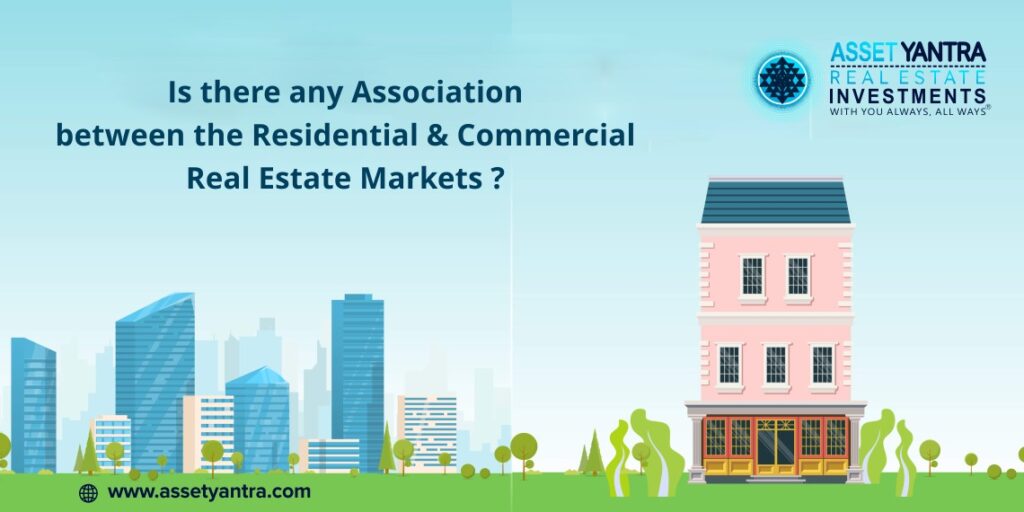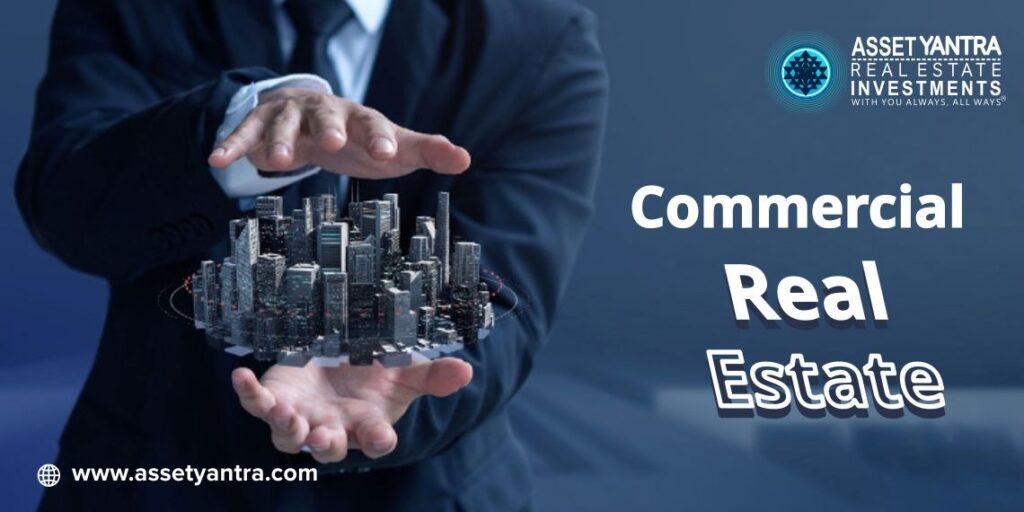Top 5 Indicators of a Good Commercial Office Space Investment
Evaluating the commercial office space market is the first step in developing a strong commercial real estate portfolio. When looking for office space to invest in, there are a few things to bear in mind. Investing in commercial real estate provides several advantages. Whatever asset you are considering, commercial real estate provides unrivaled stability and growth among modern investment possibilities. Commercial real estate will always be a rising route because new firms emerge all the time, and their needs expand in tandem. Whether it’s for supply and logistics support via warehouses, growing production via assembly lines, or extending corporate presence via offices, the demand for greater space is always there in the corporate sector, much more so than in the residential one. 5 Indicators of a Good Commercial Office Space Investment It is not a given that an office space accessible anyplace is always a good investment option. A commercial real estate office space investment might make or break your portfolio depending on where the asset is, how the market demand is, and the type of rentals in the location. Bearing this in mind, let us look at the top 5 factors to consider while looking for an investment opportunity The Asset’s age: Although old is gold, this is not always the case. Older office buildings are more difficult to maintain and might incur significant repair and upkeep costs. These can cut into your profits. Exiting a commercial real estate investment is much more difficult, so you don’t want to lock up your assets with a property that requires maintenance and care regularly. Older assets will also be less profitable for clients since they cannot accommodate numerous new features. Location: The location of commercial office space is quite important depending on the tenant’s company. While headquarters’ or corporate offices favor cities’ Central Business Districts, alternative locations may be available based on other businesses in the region. MNCs and bigger firms, in general, want modern facilities and structures that can expand well. Builder: Larger builders have access to superior plans, designs, and expertise, all of which contribute to the creation of some of the most interesting workplaces, whether for a single firm or as a co-working space. Keeping track of who is in charge of the building’s construction and design can help you determine the kind of tenants you may expect in the long run. Aesthetics: This aspect is related to the builder as well as the assets location. Designer spaces are frequently influenced by adjacent structures and demographics. In a neighborhood dominated by traditional architecture, you’d be hard-pressed to discover minimalist or industrial interiors. There may be exceptions, but they do not constitute the norm. Leases & Rents: The market’s average going rent, vacancy rate, and lease term length will be the norm for any new office space that opens. It is not advisable to expect any significant appreciation in contrast to market opinion. If you want to invest in assets that are becoming available in the region, you need first learn about the market. It is also worth noting that the addition of any key connecting route to any location would assist enhance appreciation in a very short period. Conclusion Keeping the mentioned tips in mind will allow you to search for better office space investment alternatives and narrow down your selections more efficiently. If you are seeking Grade A properties in the office sector for investment, choosing fractional ownership through Asset Yantra & Gak Group will allow you to get started on creating your commercial real estate portfolio quickly. Asset Yantra is India’s premier and preeminent commercial real estate investment organization, with a presence in the cities. It provides a full range of tailored and end-to-end commercial investments and advisory services to its clients, backed by its experience in real estate and market information. It allows you to invest in commercial real estate via fractional ownership starting at Rs.25 lacs. IRRs range from 14 to 21%. To learn more about how we may assist you with your commercial real estate investing journey, please click on the link above. Top 5 Indicators of a Good Commercial Office Space Investment FAQs Is a commercial office a good investment? Purchasing a commercial office space is a wise investment. Commercial workplaces are in high demand as more individuals invest in their enterprises for the sense of security they bring. The future of commercial real estate is bright. What type of commercial property is most profitable? Properties with the greatest potential for return on investment are often those with the greatest number of renters. Multifamily complexes, student housing, office space, self-storage facilities, and mixed-use are examples of commercial real estate properties.
Top 5 Indicators of a Good Commercial Office Space Investment Read More »








